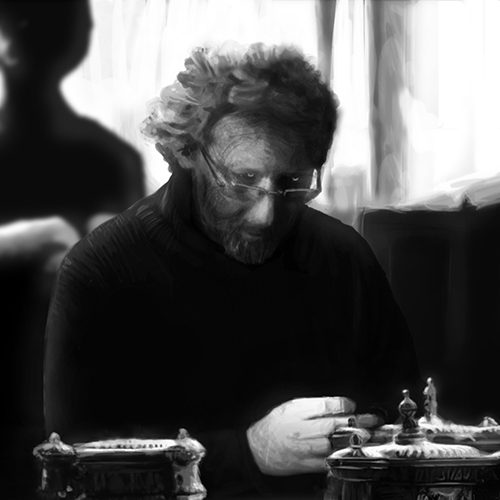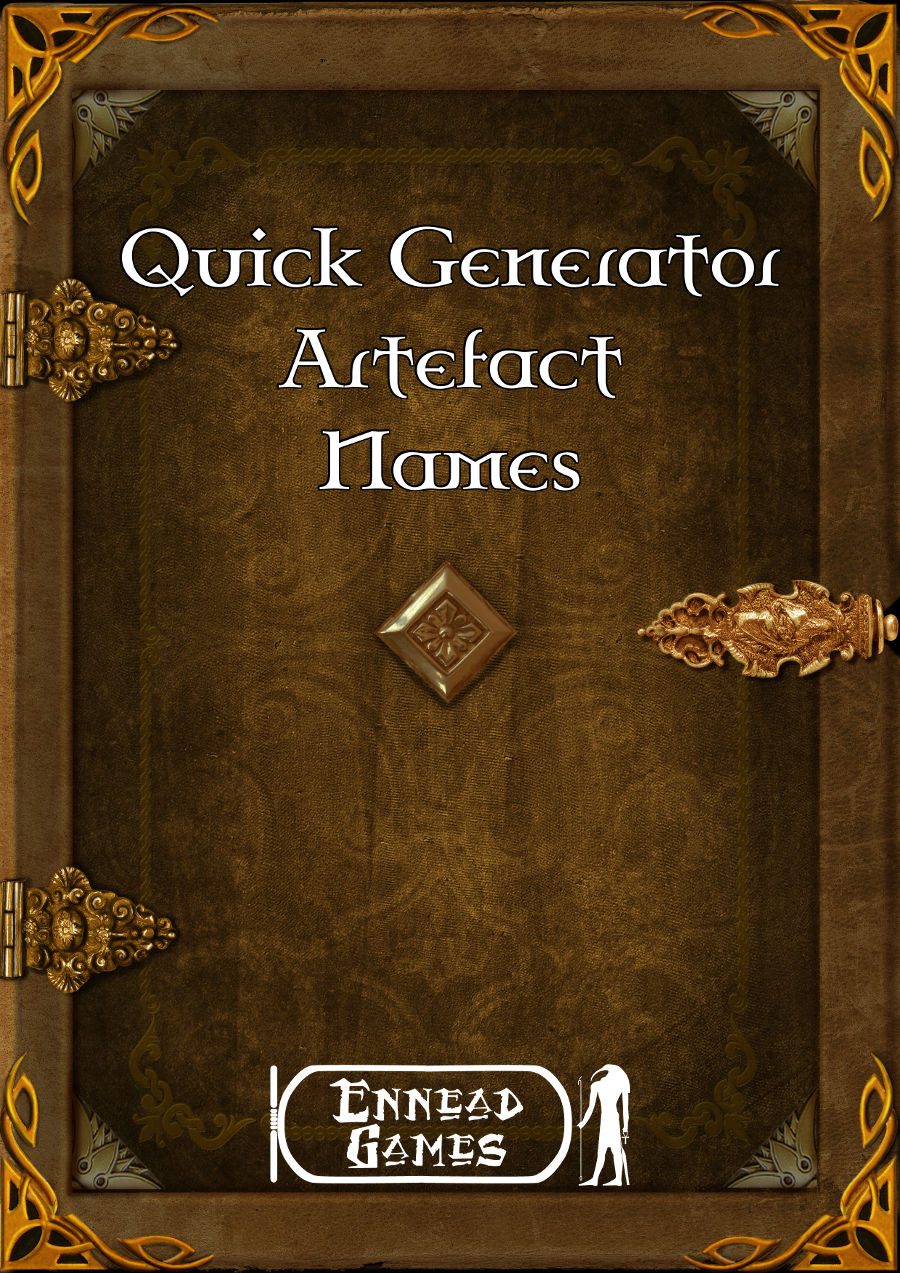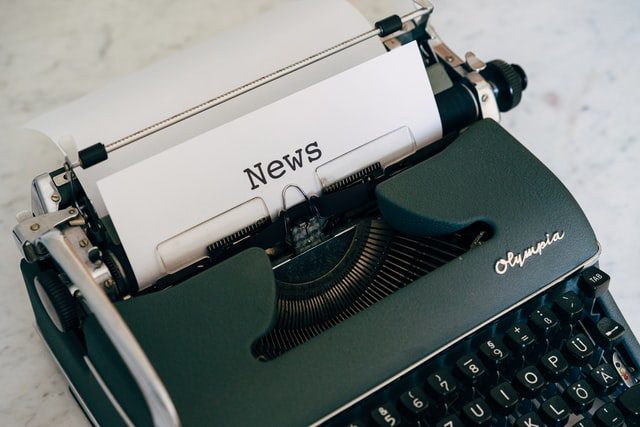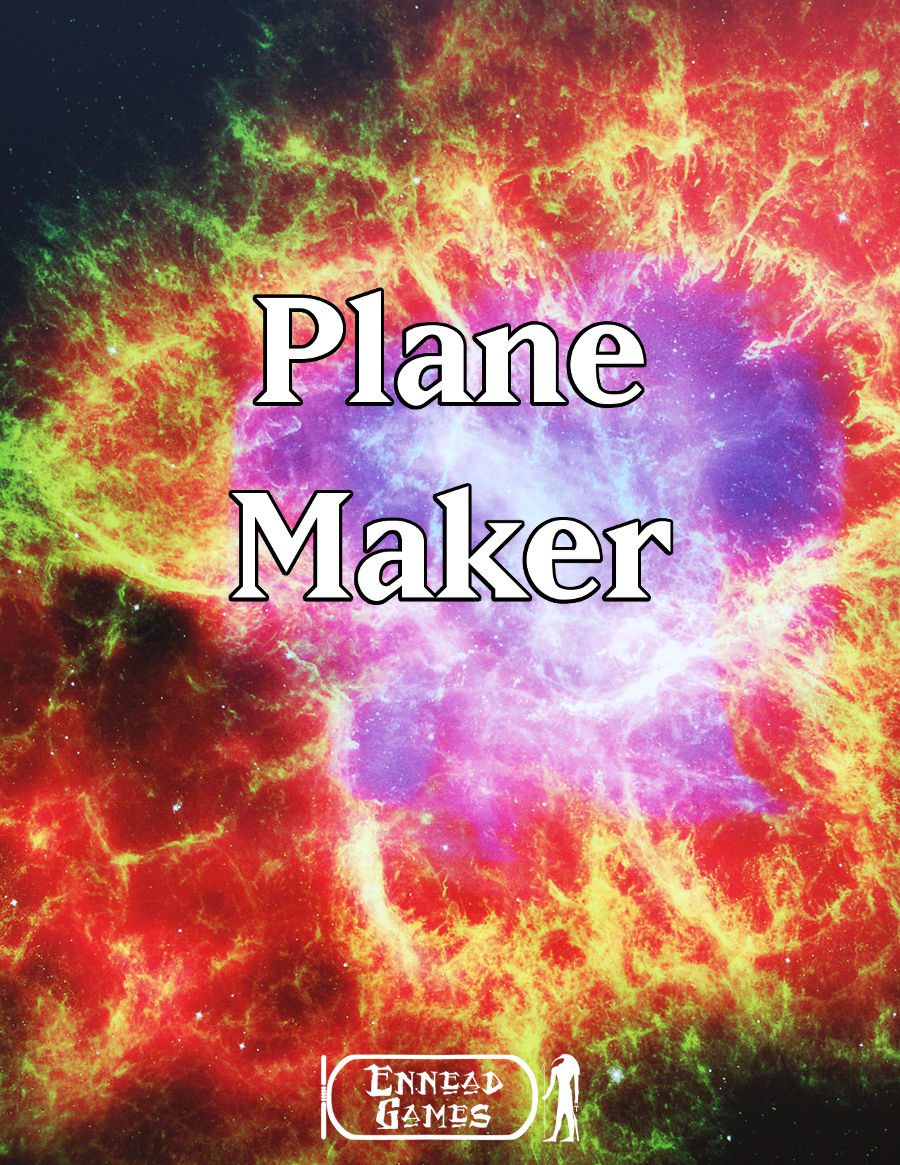
Narrative Surprise
Phil Nicholls blogs at Tales of a GM, where he writes about narrative gaming, faster prep and more story. He is currently running a HeroQuest Glorantha campaign in a home-brew setting. Phil has written for Johnn Four’s Roleplaying Tips newsletter and produced a selection of self-published pdfs.
This essay is taken from the archives at Tales of a GM.
This essay was written as a contribution to the travelling RPG Blog Carnival. In that month it was hosted by Mike Bourke at Campaign Mastery, where the topic was A Stack of Surprises.
Narrative Surprise
For many years, my understanding of surprise in RPGs was bound up in the traditional concept of who attacked first in combat. However, in recent years I have switched to a more narrative approach to gaming, aided by my adoption of the HeroQuest rules.
As the importance of combat faded from my game, so too did the traditional use of surprise. Yet, as this Blog Carnival topic illustrates, the concept applies to many areas of gaming. I find myself adding narrative surprise to our games. By this I mean, a method of adding a twist to the story which surprises everyone at the table.
Narrative Outcomes Table
Surprise within the narrative is primarily achieved through the use of my Narrative Outcomes Table. The groundwork for the Narrative Outcomes Table is my expansion of the HeroQuest outcomes into more narrative forms: Yes/No But, etc. Within each level of HeroQuest 2 victory or defeat, I compiled a table of narrative outcomes. Many of these outcomes require the GM, or one of the Players, to expand the narrative according to a randomly drawn card.
For example, the narrative might run as follows: “Yes, you distract the town guard for a moment, BUT . . . [Active Player draws a Plot Twist Card and narrates a negative outcome.]” The Narrative Outcome Tables makes use of the following cards:
Skuld Cards
Plot Twist Cards
Skuld Cards
These are a set of cards I made, each one themed around the many Runes in my setting. I use these cards to improvise the narrative at various times in the game. The Narrative Outcomes Table is one of those circumstances.
Plot Twist Cards
I use the Plot Twist Cards from Paizo to add twists to the narrative. Many of the bullet points on the Plot Twist cards are mechanistic, tied to Paizo’s own Pathfinder system. However, the wording is broad enough to work in a more narrative system. We favour the plot-focused suggestions, and these cards always take the story in a new, and interesting direction.
Twisting the Story
Broadly, the impact of both of these cards is to add a new element into the story. On reflection, the story does not twist, so much as zigzag. We work hard to weave everything together, but as each card is adding a new element, the story can veer off quite sharply.
One reason for this is the random nature of the added element. Sometimes a card will be drawn that almost feels planned, where the improvised addition is an easy development from where the story is already heading. This serves to add greater momentum to the story, as it seemingly reinforces what is already happening.
At other times, however, the drawn card can add a sharp zig to the direction of the plot. This is where the greatest jolt of surprise kicks in. Suddenly one Hero has declared his love for a female minotaur petty-criminal, and the story has zagged somewhere new. Nobody saw that one coming, making it a wonderful surprise for us all.
GM Surprise
My greatest benefit of this technique is how it keeps me on my toes, and allows the game to genuinely surprise me. Having moved away from the tightly-scripted plotting of sessions, I now appreciate the same thrill of surprise as Players commonly experience. This is what I want from my game. I want to be surprised by the story we create together at the table.
Admittedly, it took me a long time to reach this point with my gaming. Moving to a more improvisational game is not easy, and has been a long process within my campaign. The new style embodies the concept of “feel the fear, and do it anyway”. Running a session with minimal prep is still scary. Yet, I am not running without support. These cards, and their ability to add surprising zigzags to the story, are my safety net. Embedded in the Narrative Outcomes Table is an effective mechanism to build the story as we play.
Faster Prep & More Story
Running a game with embedded narrative surprise gives me both faster prep and more story. I run the game with minimal prep, as the Narrative Outcomes Table builds the story for me. Drawing a card, however it happens, gives us a building block for the next step in the story. This building block which requires no prep in advance, just a willingness to improvise from a visual image, or a few bullet points of text.
Likewise, there is more story at the table, because these cards often add narrative surprise. New events, subplots or challenges are frequently sparked by the drawing of a card. It really does feel as though the story writes itself, once the Heroes are in motion, and the dice are being rolled.
Conclusion
As a result of my Narrative Outcomes Table we frequently improvise a zigzag in the story. This methods keeps the narrative a surprise for everyone at the table. As all our improvisational skills at the table improve, the outcomes grow ever more surprising.
How do you add narrative surprise in your game? Do you even think the GM should be surprised by what happens in a session? How else could I use these tools to add further to our collaborative story? Share your thoughts with your fellow GMs in the comments below.
Happy Gaming
Phil
For more essays from Phil, and updates about his latest campaign, visit Tales of a GM.



